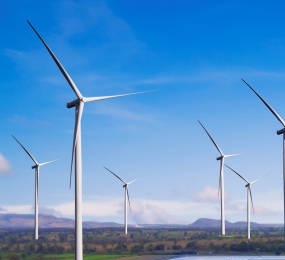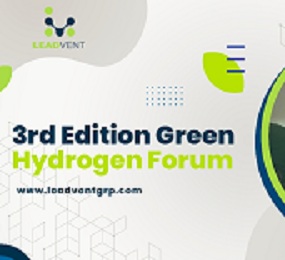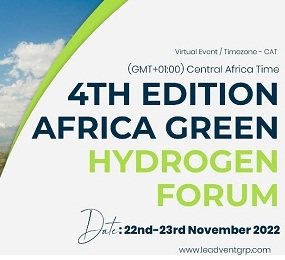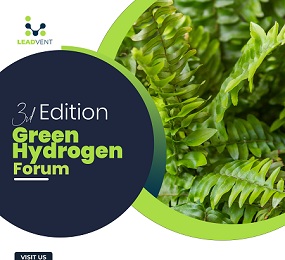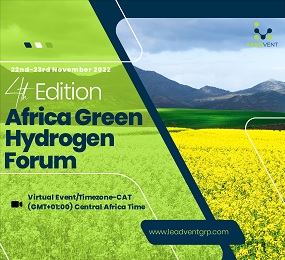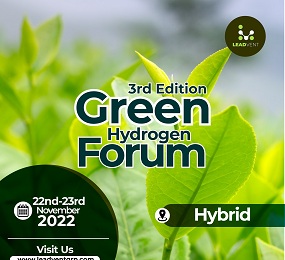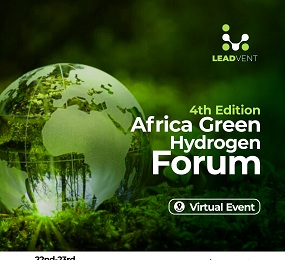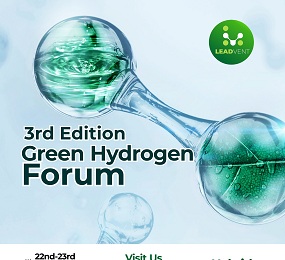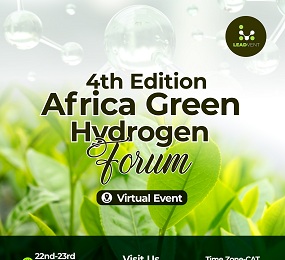Hydrogen is a gas that is being produced simply by using electrolysis. Beforehand, Hydrogen is produced from fossil fuels, which causes the emission of huge amounts of CO2 as more than 80% of Hydrogen is being produced from SMR (Steam Methane Reforming)
methods, which makes use of a highly energy-intensive and polluting process.
Hydrogen possesses a lot of potential in its application such as being an energy source for transportation to being mixed
into the natural gas grid, along with current applications in fuel refining and fertilizer
production. However, in recent years, there have been changes in the production of hydrogen both in electrolysis and the use of renewable energy-green hydrogen.
With the global upsurge in energy demand as well as net-zero carbon ambition- decentralized energy supply is being promoted globally, most countries' government officials are pushing the use of green hydrogen radically with supportive policies and incentives. In addition, the use of green hydrogen is projected to rise even more in the future considering the attention it is getting around the world lately. Also, due to the innovations in green hydrogen application, production cost has really lowered and is competing with its conventional counterparts and is expected to reduce even more. The application is perceived to last longer and better efficient electrolyzers will be introduced in the coming years.
The application of fuel cells and electrolyzers at the grid level can be the solution to some renewable energy challenges such as frequency control and energy storage.
Green hydrogen projects can be run with different renewable energy sources although wind energy application is widely known, Floating Solar PV can as well be used. The PV output can be linked to the electrolyzer and storage so as to create a microgrid, designed to pave the way for the decarbonization of off-grid locations.
Do you know that a 10MWp Floating solar PV at Northern Latitudes would in a year produce more than 10 GWh of green electricity which is more than enough energy required to generate over 200 tonnes or 2,220,000 Nm3 of H2 per annum?
Many countries are already constructing or planning on green hydrogen production using FPV. For instance, India is planning to develop a microgrid linking output from a floating solar array to a 240kW electrolyzer. Hydrogen produced will be stored in tanks and used in a fuel cell to generate power. The 25MW floating solar PV plant needed to generate power for the hydrogen-based local connection was commissioned in early 2021 by NTPC. Also, the EU is making a massive move to sanction large-scale Fossil fuel hydrogen producers based on the yet imposed 'Gas Package' bill. The action alone will encourage and create huge grounds for hydrogen production companies using water electrolysis and renewable energy.
The FPV-green hydrogen application has potential as it can replace the existing diesel use in remote off-grid locations and Island communities as well as promises constant energy supply due to its storage system.
Hydrogen Production Electrolysis Methods
We have the typical Alkaline method and Proton Exchange Membrane method of electrolysis ( recently introduced for renewable energy sources).
PEM Electrolyser Plant for H2 Production
PEM (Proton Exchange Membrane) electrolysis is generally adopted for the use of renewable energy sources due to its tolerance to the intermittent power supply as it can be started or off at any point in time which is lacking in the alkaline method of electrolysis ( needs a constant power supply and takes longer time to stop or start).
PEM electrolysis has a lot of properties as well as advantages over the alkaline method:
-
Very efficient for high power density
-
High quality of product gas regardless of any condition.
-
Requires less maintenance and is more reliable.
-
No chemicals are required and don't contain impurities.
-
Scalable through additional stacks
In conclusion, hydrogen production using FPV has a lot of potential in the near future as its overall running cost is perceived to reduce even more as more countries adopt its application. As demonstrated, green hydrogen application has come to stay as it promises a lot of benefits and hence, needs to be highly encouraged and adopted globally.



